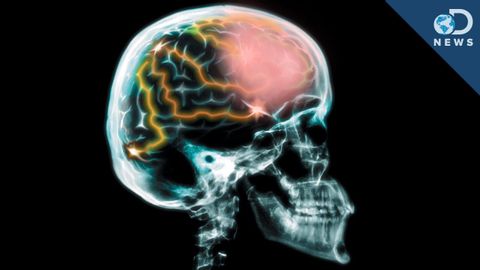
Subtitles & vocabulary
Do We Really Use Only 10% Of Our Brain?
00
Precious Annie Liao posted on 2014/05/01Save
Video vocabulary
potential
US /pəˈtɛnʃəl/
・
UK /pəˈtenʃl/
- Adjective
- Capable of happening or becoming reality
- Having or showing the capacity to develop into something in the future.
- Uncountable Noun
- someone's or something's ability to develop, achieve, or succeed
A2TOEIC
More people
US /ˈpipəl/
・
UK /'pi:pl/
- Noun (Countable/Uncountable)
- Persons sharing culture, country, background, etc.
- Men, Women, Children
- Transitive Verb
- To populate; to fill with people.
A1
More brain
US /bren/
・
UK /breɪn/
- Transitive Verb
- To strike someone forcefully on the head
- Noun (Countable/Uncountable)
- The part of the head that thinks
- A smart person who often makes good decisions
A1
More Use Energy
Unlock All Vocabulary
Unlock pronunciation, explanations, and filters
